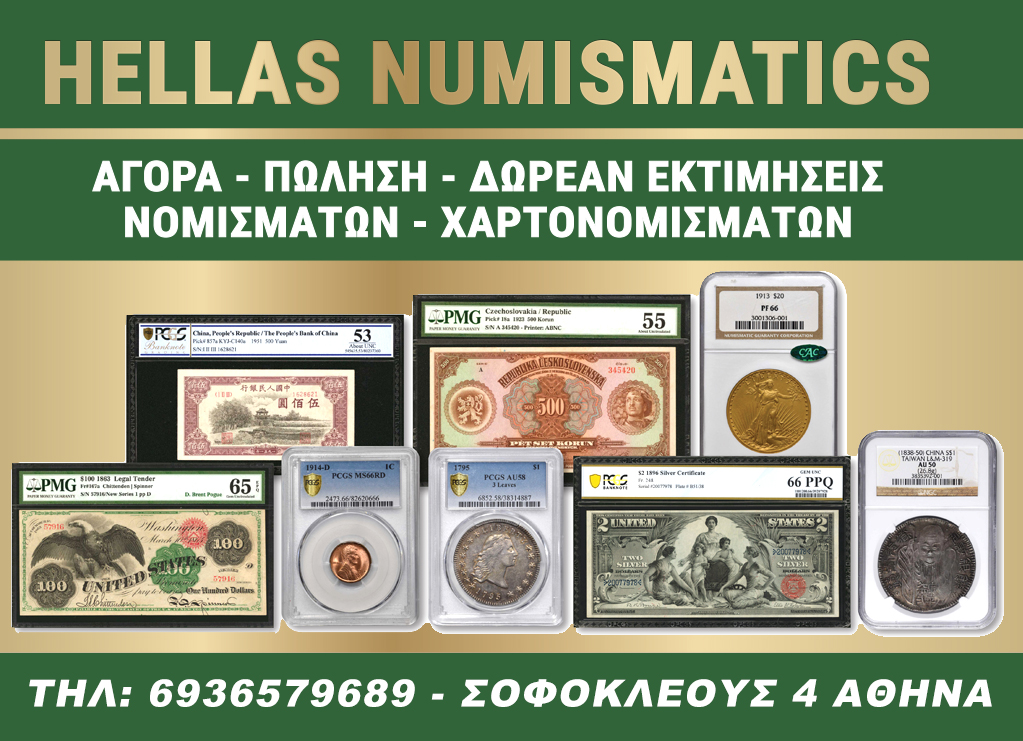Beginning with Spare Change transforming into Collector's Item: Spotting Rare Coins
Each piece has a narrative to share, some being captivating than others. As you sift through your change, what may seem like mere pocket change could actually hold considerable worth. Rare U.S. currency are often concealed in plain sight, waiting to be found by the keen observer. Whether you are a seasoned collector or new to the hobby, learning how to recognize these prized pieces can change your coin collection or potentially provide a rewarding profit.
In recent years, the world of coin collecting has grown in popularity, attracting hobbyists and investors alike. Grasping what constitutes a coin rare can be the secret to revealing its potential worth. From historical significance to minting errors, there are many elements that can raise a coin from the standing of ordinary to exceptional. This manual will lead you through the necessary advice and strategies to help you identify rare U.S. coins so you can begin your personal thrilling journey.
Typical Indicators of Unique Coins
One important characteristic of a unique coin is its mint mark, that signifies where the coin was minted. U.S. coins are often identified by the letters D, S, or no mintmark, which the Denver mint San Francisco, and Philadelphia respectively. Coins from particular mints, especially those with minimized production numbers, can be much more more worth than their peers. Collectors should familiarize themselves with the mintmarks located on various coins and how their existence or lack can affect a coin's rarity and worth.
Another key factor is the coin's state or rating. The condition of maintenance can considerably affect a coin's desirability. The Sheldon scale is frequently used to grade coins from one to seventy, with higher grades representing coins that have endured less wear and tear. Coins in outstanding condition can fetch significantly higher prices than those that are extensively circulated, so assessing the physical attributes, such as any marks, discoloration, or damage, is crucial for assessing a coin's uniqueness.
Moreover, distinct varieties can render certain coins scarce. This entails mistakes made during the minting process, such as misprints, off-center coins, or coins with unique features that differ from the standard type. For example, the 1955 doubling penny is extremely sought after due to its clear doubling on the face side. Collectors should keep an eye out for these anomalies, as they often contribute to a coin's value and scarcity, rendering them prime candidates for those looking to build a unique collection.
Leading five Rare U.S. Coins to Know
One of the most desirable coins in American numismatics is the 1909 San Francisco Lincoln penny. This coin was produced in restricted quantities, and the “San Francisco” mintmark indicates it was minted in San Francisco. Its rarity is compounded by the fact that it features the initials of designer Victor David Brenner on the back side, which was a contentious decision that led to the coin's restricted circulation. graded rare u.s. coins are particularly attracted to its historical significance as well as its unique design, making it a prized possession for any coin enthusiast.
Another notable rarity is the thirteen Liberty Head nickel, which is famous in the world of coin collecting. Only 5 specimens are known to exist, and their value can reach into the millions of dollars at auction. The story behind these nickels is fascinating, with tales of how they were created secretly and how they surfaced in the numismatic community. Their extraordinary rarity and unique history contribute to their status as one of the crown jewels of U.S. coin collecting.
The eighteen ninety-three S Morgan silver dollar is also a prominent piece within the realm of rare U.S. coins. It was minted during a time of economic uncertainty, and only a small number were produced in San Francisco. Collectors value this coin not only for its rarity but also for its aesthetic design and historical context. The 1893-S Morgan dollar is often featured at major auctions and is desired by those looking to enhance their collections with a significant piece of American numismatic history.
Preservation and Valuation Tips
To effectively preserve rare U.S. coins, it is crucial to treat them with care. Always use cotton gloves to prevent leaving fingerprints or oils from your hands on the coins, as these can cause damage over time. Keep coins in safe holders or protective capsules, as these materials help preserve their condition and stop tarnishing. Avoid exposing coins to harsh temperatures, humidity, or bright sunlight, which can further erode their quality.
When it comes to valuing your rare coins, it is essential to conduct thorough research. Utilize reliable price guides, online resources, and auction results to gain insight into the current market value of your coins. Consult with experts such as coin appraisers or dealers who focus in U.S. coins to get an accurate assessment. Remember that rarity, demand, and condition play significant roles in determining a coin's value, so consider all these elements when estimating value.
Finally, stay informed about trends in the coin numismatic community. Join discussion boards or visit coin shows to connect with other collectors and experts. This can provide valuable insight into which coins are gaining popularity or growing in value. Participating with the community not only enhances your knowledge but also helps you make wise decisions regarding your collection and potential future investments.
